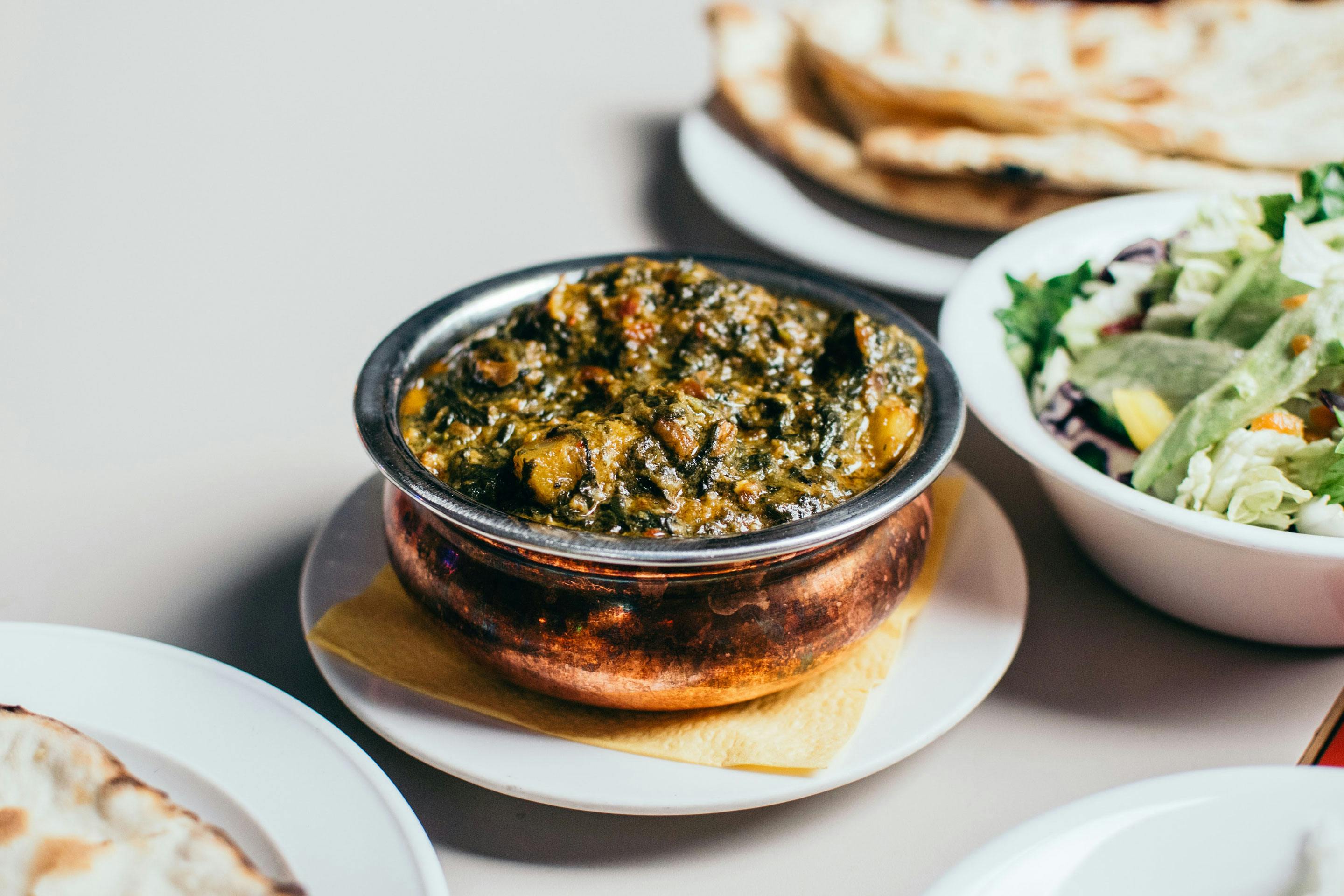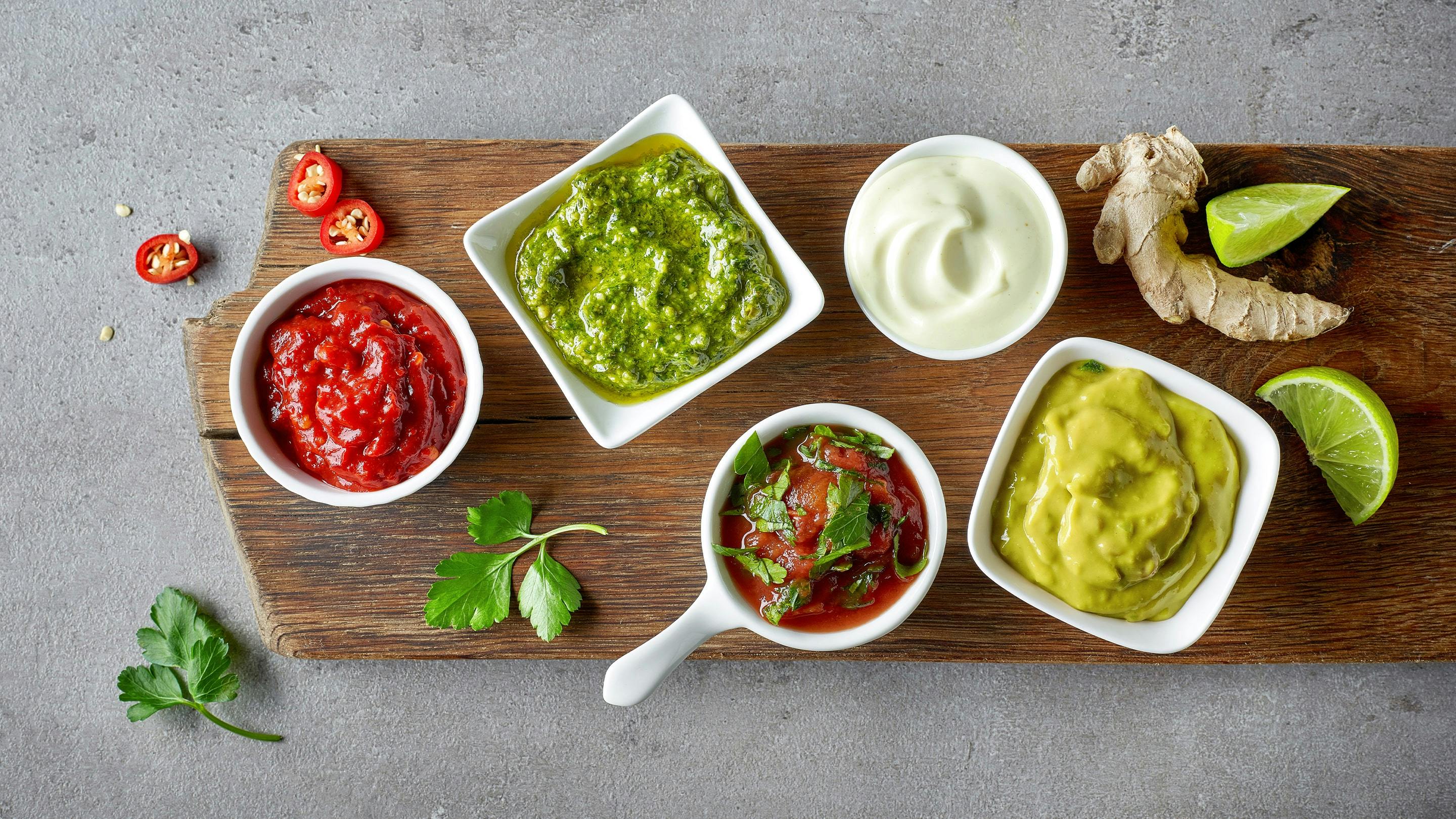Ayurveda is also known as the "Mother of Medicine" and has been practised in India for more than 3000 years. Ayurveda aims not only to cure diseases but, above all, to preserve health. Ayurveda is still practised in India today and is gaining more popularity in the Western world. Here are five simple tips on how you can incorporate Ayurveda into your daily life.
The 3 doshas
The teachings of Ayurveda are based on the three Doshas, which are the body constitutions of individuals. These are called Vata, Pitta, and Kapha. Dosha is literally translated as “fault” or “that which can cause problems.” Each person is a combination of all three Doshas in varying degrees, but one Dosha often predominates. The goal of Ayurveda is to restore the individual balance of the Doshas, which can be disrupted by habits such as poor diet, stress, lack of sleep, and lack of exercise.
Each Dosha has its specific needs, and what applies to one may not apply to another. Nevertheless, there are some tips that you can easily incorporate into your daily life, even without knowing your specific Dosha.

#1: Drink enough, and not too cold
Hydration is essential for our body. In Ayurveda, the digestive fire is called Agni, and it also needs a certain operating temperature to function well and process the ingested food effectively. If you drink a lot of cold water during meals, it’s like pouring a bucket of water onto a small flame. The fire extinguishes. However, the body needs its digestive fire. Ayurveda suggests that you avoid drinking cold water half an hour before and after meals so that your Agni can perform digestion effectively.
#2: Chew well
You’ve probably heard this saying in your childhood. Chewing our food thoroughly allows the digestive enzymes in our saliva to assist the stomach in the digestion process. The effect of well-chewed food: You don’t strain your Agni (digestive fire) as much, your stomach is less burdened, and you can savor the flavors of your food more consciously.

#3: Less is more
Naturally, we are exposed to the temptations of everyday life. A sandwich here, a piece of chocolate there. However, a full stomach is quite a challenge for our Agni, the digestive fire. It appreciates a diet consisting of one-third solid food, one-third liquid through beverages or soft vegetables, soup, or porridge, and one-third should not be burdened with either solid or liquid food. By chewing well, you achieve the feeling of satiety more quickly, and your digestive fire has enough space to do its work. Keep in mind that it needs time for its work. At least four hours should pass between your meals. This way, you can have a maximum of two to three meals per day. Your body will thank you with more energy.
#4: Fresh food is the key
Ayurveda is often associated only with Indian food. However, it is not necessary to cook only Indian dishes. What matters for an Ayurvedic diet are fresh and local ingredients. The longer the transportation routes, the more nutrients are lost in the food. The more burdened the food you consume, the fewer positive effects it has on your Prana—your life force. The quality of your food, Sattwa, is significantly connected to your personal energy and balance.

#5: Don't miss out on spices
What would Ayurveda be without spices? They not only serve to give your dishes flavour, but also to balance your Dosha. Each Dosha has its own range of spices that are beneficial. For example, the Kapha type responds well to hot spices such as pepper, ginger, or chilli, and these can be abundant in their meals. On the other hand, the Pitta type should use spices sparingly, but particularly well-tolerated ones include parsley, coriander, or cumin. A commonality for all Doshas is the use of ginger. It stimulates Agni, making it a good catalyst for our digestive fire.
You see, Ayurveda can be easily integrated into our everyday lives, even without knowing exactly which type one is. Because high-quality, regional, seasonal foods, well-chewed and tastefully seasoned, find their place in every culture. Try it out, and you will see how good it is for your Agni. If you want to learn more about Ayurveda, we recommend our blog post on the wonder tuber, Turmeric.
Spice up the web! Share this article on...
Read more
Currently Viewing: 1 of









